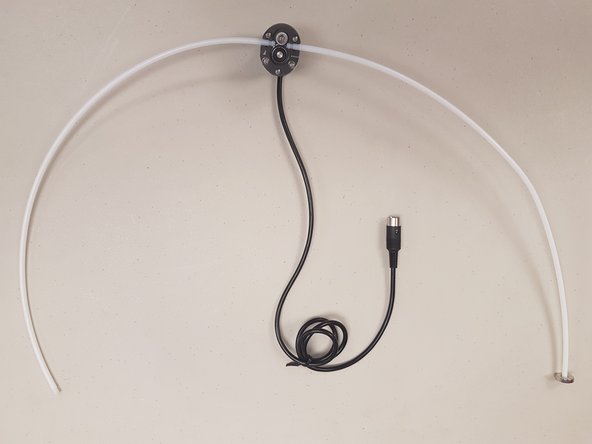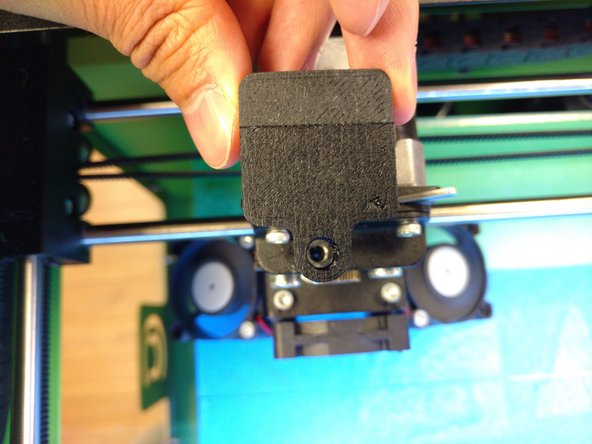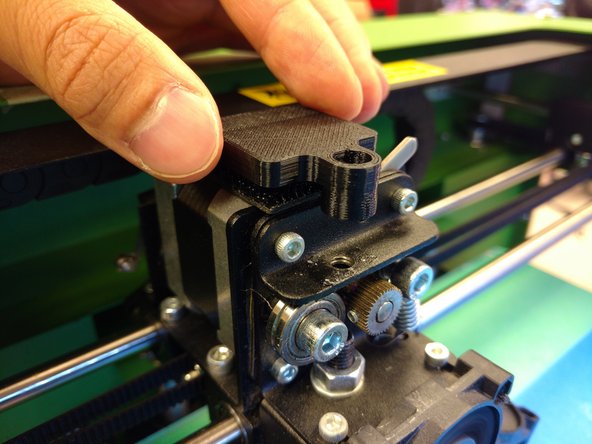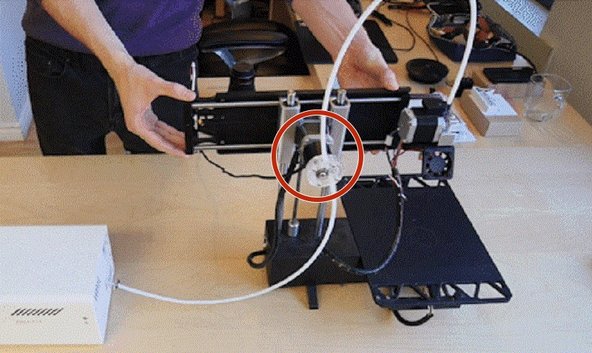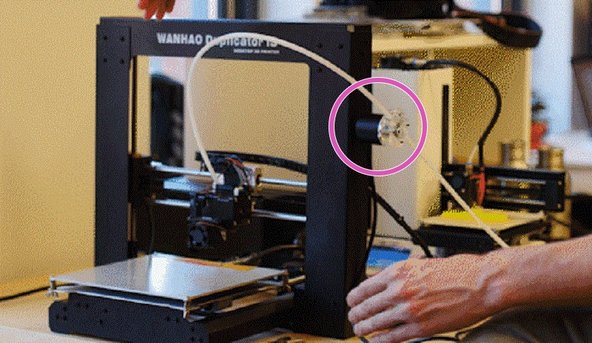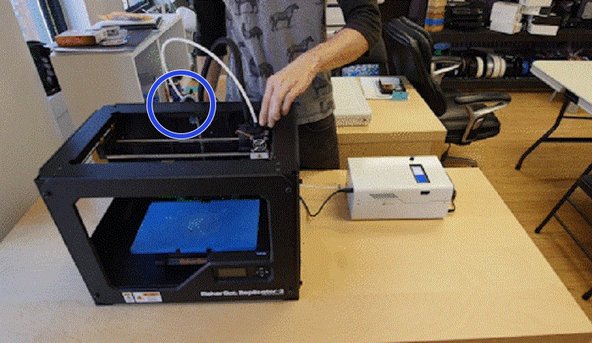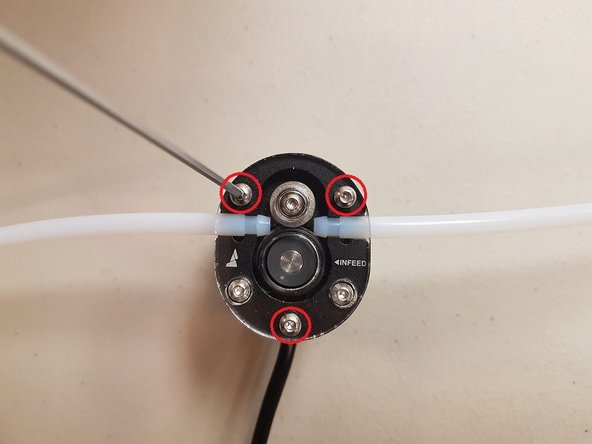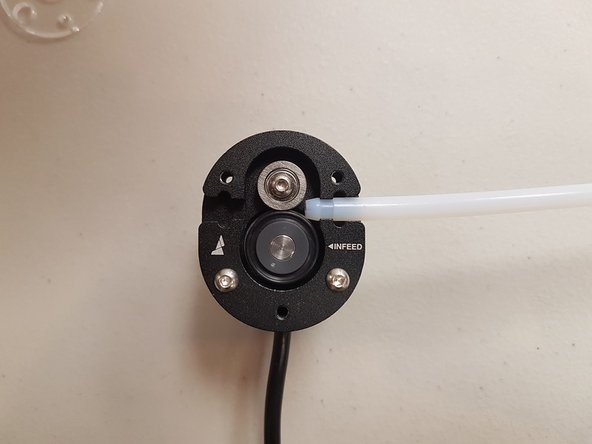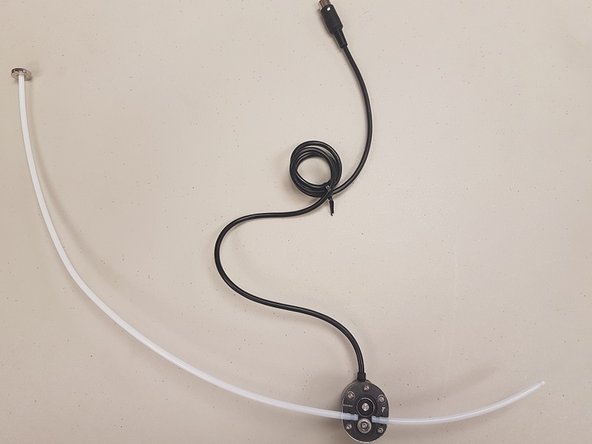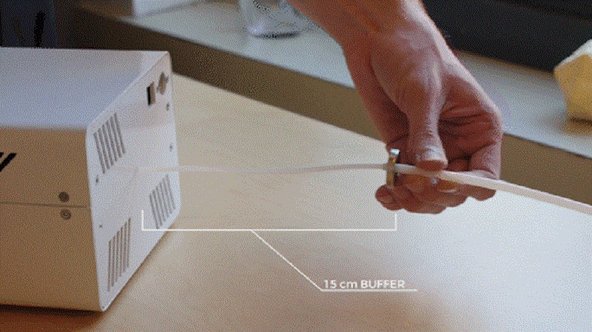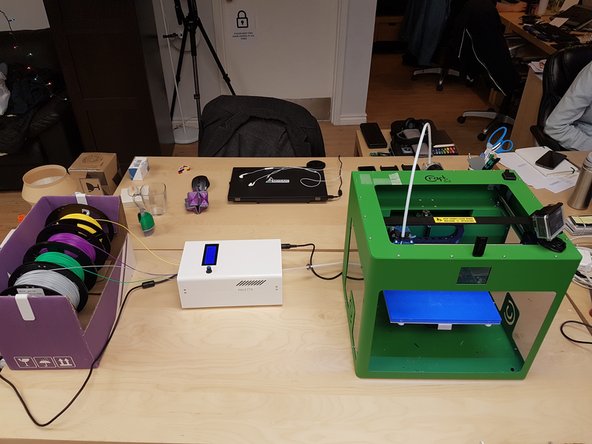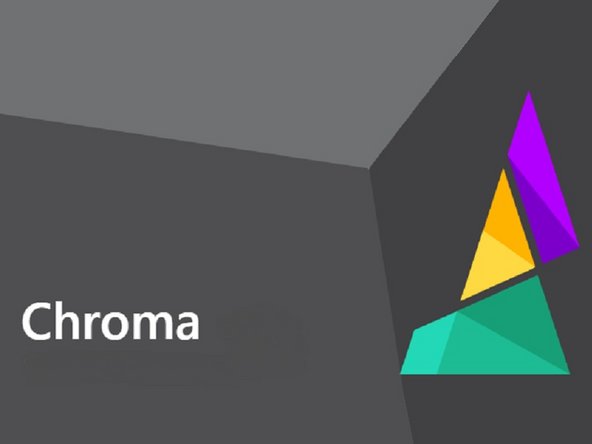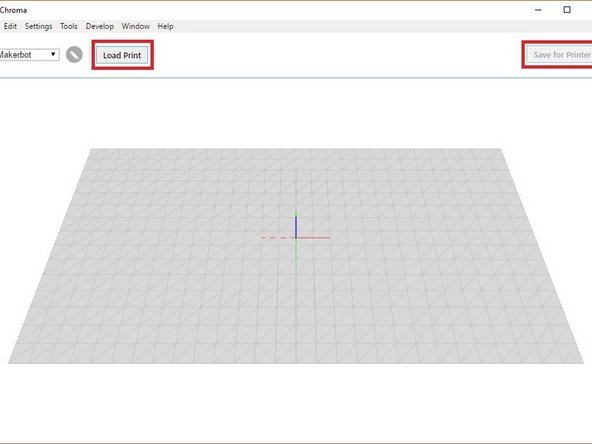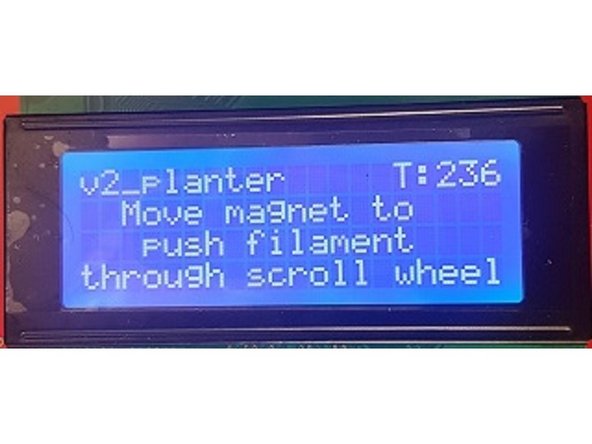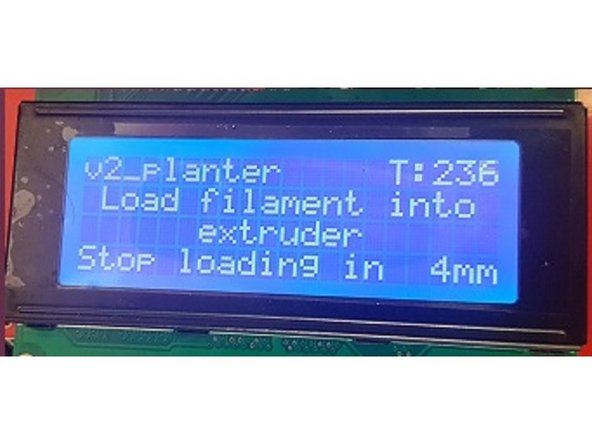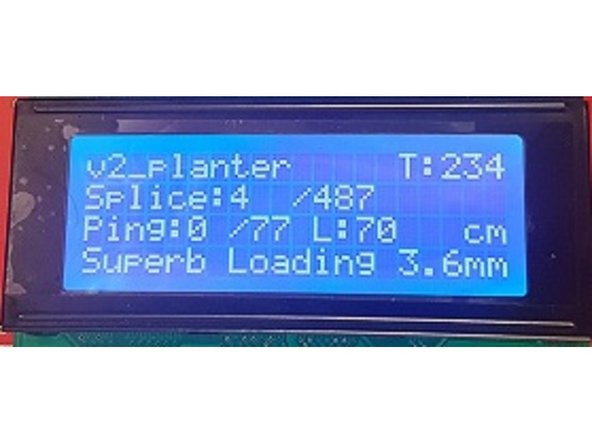-
-
Before you continue with this setup guide, please refer to Chroma's built-in setup walkthrough wizard. Get Chroma here.
-
Palette/Palette+ can enable your printer to do two kinds of prints: layered prints and prints with precise color changes.
-
The Quick Start Guide included with your Palette explains how to start a layered print, and these steps will help you get started with your first print with precise color changes.
-
-
-
Positioning Palette or the Scroll Wheel incorrectly can result in weak splices and failed prints.
-
Palette makes the filament. The filament goes through the Teflon tube with the magnet and into the Scroll Wheel. The filament comes out of the Scroll Wheel's other Teflon tube and feeds into your printer's extruder.
-
Positioning will vary depending on the type of printer you are using. We have instructions for both Direct-Drive and Bowden style setups.
-
-
-
The Scroll Wheel comes pre-assembled for Direct-Drive printers, and uses a longer Teflon tube to connect to your printer's extruder.
-
Clip your Scroll Wheel's long Teflon tube into the Teflon tube clip on your printer's extruder. If the included Teflon tube clip does not securely attach to your extruder, click here.
-
-
-
To position the Teflon tube clip, first align the Teflon tube clip and Velcro square and press together.
-
Examine your extruder's filament path for a clean passage. Carefully Peel the back cover off the Velcro square, revealing an adhesive.
-
Align the Teflon tube clip (adhesive side down) with the extruder's filament path. Apply the clip to the extruder by pressing down lightly and carefully. With your Teflon tube clip secure, filament should feed easily into your extruder.
-
Keep the tube clipped in. Find a spot for the Scroll Wheel that allows your extruder to move freely to each corner of the bed without excessively bending the Teflon tube.
-
-
-
Here are examples of optimal Scroll Wheel positioning on 4 different kinds of printers:
-
Printrbot & similar (print bed moves in the X-axis or Y-axis, extruder moves in the other two axes). The drive that moves the extruder in the Z-axis also moves in the Z-axis with the extruder.
-
Wanhao Duplicator i3, Prusa i3, and similar (bed moves in Y-axis). Extruder moves in X-axis and Z-axis.
-
MakerBot Replicator 2 and similar (bed moves in the Z-axis). Extruder moves in X-axis and Y-axis. The optimal Scroll Wheel position is often on the back side of the printer near the top/center.
-
Once you've found the right spot, find a square of Velcro in your Palette Tool Kit. Use this Velcro to secure the Scroll Wheel in place and proceed to positioning your Palette.
-
-
-
If you are using a Bowden printer, you will need to make a slight adjustment to your Scroll Wheel. First, unscrew the top three screws fastening the acrylic plate.
-
Once the screws and acrylic plate have been removed, you'll be able to lift the left Teflon tube (with no magnet) out of the Scroll Wheel.
-
You can now install the shorter Teflon tube into the Scroll Wheel. Once this is complete, replace the three screws and acrylic plate.
-
-
-
Positioning your Scroll Wheel is relatively straightforward for Bowden printers. Secure the Scroll Wheel in a position that allows the small Teflon tube to feed filament into your printer. Leave about 1-2 cm of space between the tube and your filament loading area.
-
Once you've found the right spot, find a square of Velcro in your Palette Tool Kit. Use this Velcro to secure the Scroll Wheel in place and click below to proceed to the next step.
-
-
-
Palette and the Scroll Wheel must be positioned close enough together so that the tube with the magnet can touch Palette, but far enough apart so that the magnet can travel at least 15 centimeters.
-
During prints, the buffer will expand and contract; the magnet will move back and forth. The magnet will hover around 15 cm away from Palette, and will periodically return to Palette before being pushed back out again.
-
Make sure filament does not bend too much when coming out of Palette and when travelling through the Teflon tubes. To do this, you may consider re-positioning or slightly rotating the Scroll Wheel or Palette. This will help ensure that the splices are strong. Bending the tubes too much can weaken (and in some cases, break) them.
-
-
-
First, download the Mosaic Chroma Software. Install it on your computer, and start the program.
-
Begin by creating a new printer profile. You'll be brought to the Printer-to-Palette Calibration Walkthrough. This step-by-step process will help you find the values to input into Chroma to complete calibration. Make sure to keep note of the Loading Offset value and the Print Value.
-
-
-
To get started, you'll need something to slice! You can model your own, or you can find multi-filament prints on our Thingiverse page. Each different color/filament requires a different body.
-
Then, you'll slice your object. Currently, Chroma is compatible with G-Code from Simplify3D, Cura, KISSlicer, and Slic3r.
-
-
-
Once your slicer is set, slice your model and save the GCode file. Import this GCode into Chroma by clicking "Load Print" on the main window. This will create a preview of your model within Chroma. From here, click the "Save for Printer" button, and Chroma will then create two files.
-
A .MSF file to be loaded into an SD card for your Palette.
-
A new GCode (or .X3G) file to be loaded into an SD card for your printer.
-
-
-
Ensure that your Palette is not connected via USB, and plug in the power supply to turn on your Palette.
-
Turn Palette on by plugging in its power supply. Select "Multi-Color" on the Palette menu, which will then ask for you to load your filament. Select your .MSF file. Palette will begin to make filament.
-
After a short time, Palette will ask for you to push the magnet towards your Palette. You'll notice that this action causes filament to move through your Teflon tube towards your Scroll Wheel.
-
Once you press the magnet against your Palette, release, and Palette will continue to produce filament.
-
-
-
Continue until the filament has passed through your Scroll Wheel and reached your extruder. You can now begin to carefully load the filament into your extruder and carefully lock the feeding tube in your Teflon tube clip.
-
On Palette's screen, you'll see a countdown which advises you how many mm should be fed into your extruder. Extrude enough filament to be as close to 0 mm as possible. Don't worry, even if you're a few mm off, your print should be fine!
-
Once this is done, Palette will beep, meaning that it is ready to print! Once you've reached this step, it's as simple as starting your print as you normally would, and Palette will continue to create filament as the print progresses.
-
If you have any additional questions, please send us a message at support@mosaicmfg.com
If you have any additional questions, please send us a message at support@mosaicmfg.com
Cancel: I did not complete this guide.
3 other people completed this guide.




